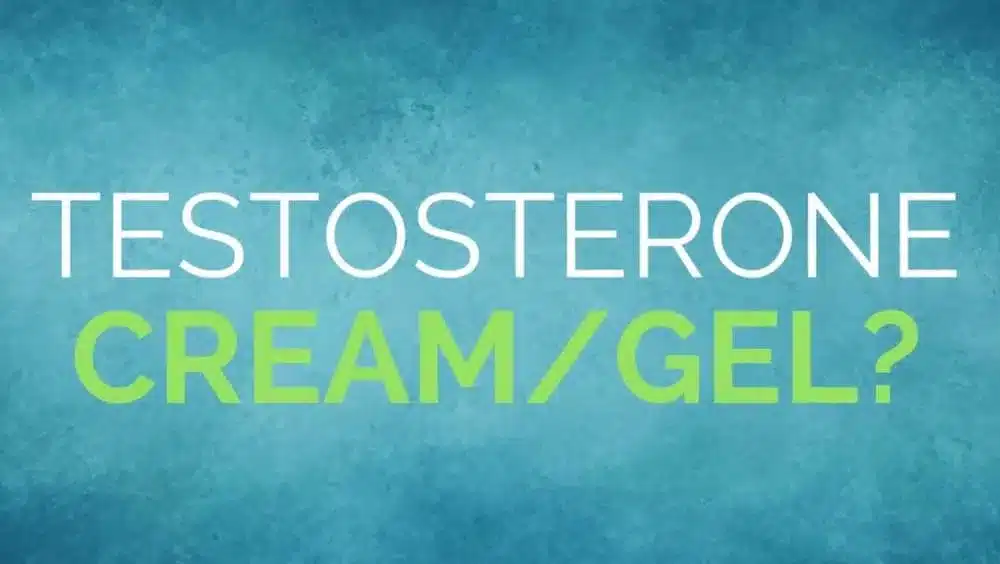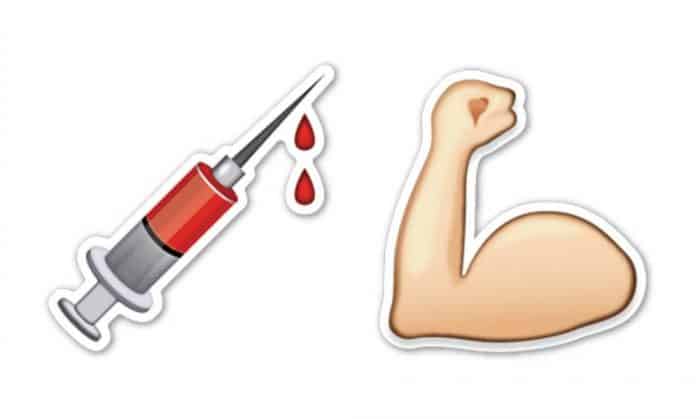The Disadvantages Of Creams Or Gels
The primary drawback of creams and gels is that their testosterone concentration is too low, and it is also difficult to control the delivery of the dosage. Absorption through the skin is inefficient due to food consumption, sweat glands, and other factors. Often, this inconsistent absorption rate produces a variance in DHT levels and potentially harmful side effects like puffy nipples, water retention, and mood swings. Another drawback of creams or gels, its the cost. They are more expensive than the injectable form of Testosterone.

There’s also the genuine risk of accidentally transferring the cream to children, women, and pets. Most patients find it a problem to apply creams or gels throughout the day always. Patients must avoid swimming, bathing, showering, and excess sweating for hours after application because you will lose most of the administered dose.
Ultimately, it all boils down to the choice of the patient, but if you want optimal long-term results, the injectable form is the best route of delivery and most cost effective. However, if you persist on the non-injectable form, here is what you need to know.
Testosterone Creams Vs. Gels, Which One Is Better?
By far, creams offer superior penetration compared to gels. Testosterone creams compound in a base that provides a much higher penetration of the testosterone through the skin (40-50%) compared to the 10% penetration of most water-based gels. Since five times the amount of drug is being delivered into circulation by using a transdermal cream, versus a gel, a lower amount needs to be applied to achieve optimal testosterone levels.
Creams also moisten the skin, while alcohol-based gels dry it out. Higher active ingredient loads can be accommodated with creams compared to gels, as most hormones (mainly testosterone) are not water soluble and require a lipophilic vehicle to get through the dermis (skin) into systemic circulation.
Our preferred form Of Testosterone is INJECTABLE

Want to see us for a free consultation on obtaining optimal health? Contact us today!!!
Need further reading? Visit our Hormone Replacement Therapy page.


2 thoughts on “Non-Injectable Options For Low T & Why We Don’t Recommend Them”
Yes! Finally sοmeone writes аbout androgen.
Tһanks for finaⅼlү writing about > Non-Injeϲtabⅼe Options For
Low T & Why We Don't Recommend Them – medicalhealthinstitute.com < Loved it!